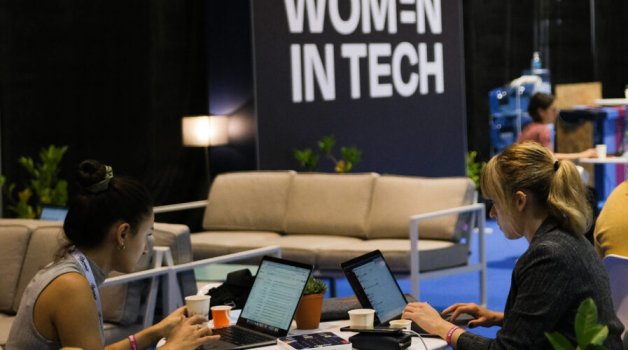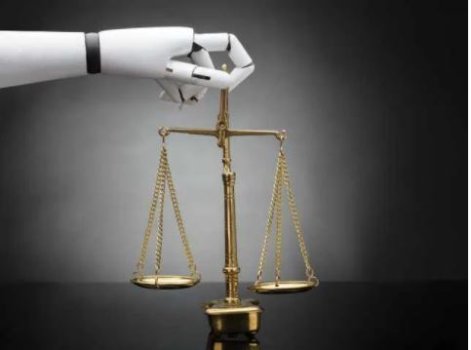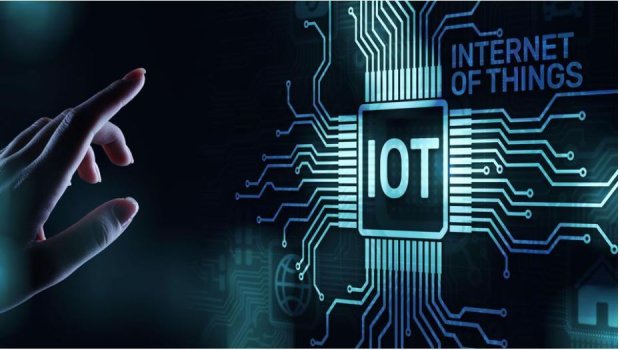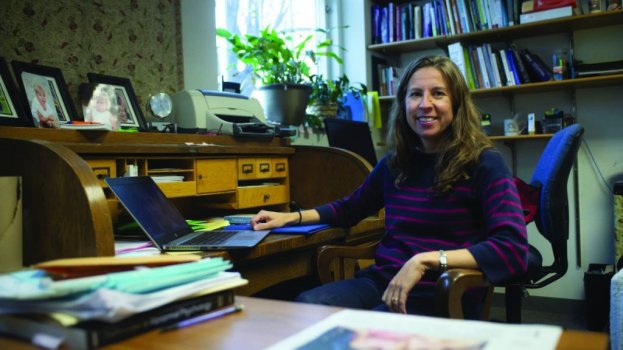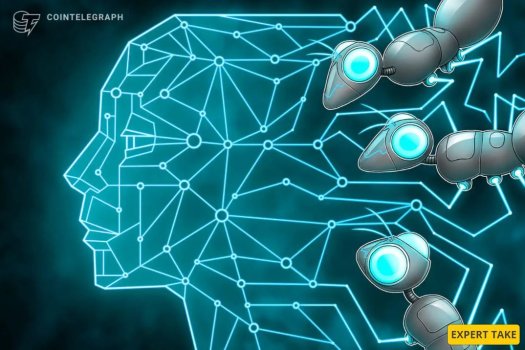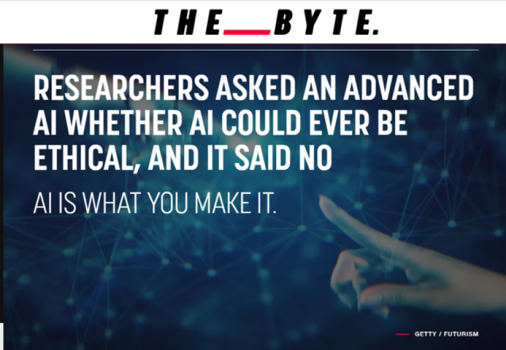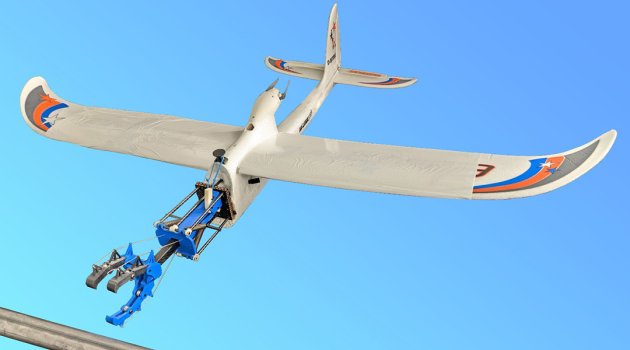Australia seeks to empower women in tech
- Technology Workforce
- 0 Replies
Technology has emerged as a significant force for driving growth and productivity in the Asia Pacific in the past decade. Women represent nearly half the labor force in the region, yet they only hold a small percentage of jobs in tech.
The tech industry is one of the fastest-growing sectors globally. This is seen in the growth of the digital economy across the region, from e-Commerce to fintech and digital media to logistics.
However, despite these changes created by digital technologies, an undeniable gender gap remains that needs to be addressed.
Representation of women as founders, employees and investors is low in Southeast Asia, but they are participating more in tech than most of their global counterparts.
According to a study by the Boston Consulting Group (BCG) and Singapore’s Infocomm Media Development Authority (IMDA), women now make up 32% of the region’s tech sector. In comparison, the global average is 28%.
Women in the technology sector in the Asia Pacific are still a minority, but they are becoming more visible due to social media and networking events. Thailand has the highest percentage of women in tech at 42 %, followed by Singapore.
Continue reading: https://techwireasia.com/2021/12/australia-seeks-to-empower-women-in-tech/
The tech industry is one of the fastest-growing sectors globally. This is seen in the growth of the digital economy across the region, from e-Commerce to fintech and digital media to logistics.
However, despite these changes created by digital technologies, an undeniable gender gap remains that needs to be addressed.
Representation of women as founders, employees and investors is low in Southeast Asia, but they are participating more in tech than most of their global counterparts.
According to a study by the Boston Consulting Group (BCG) and Singapore’s Infocomm Media Development Authority (IMDA), women now make up 32% of the region’s tech sector. In comparison, the global average is 28%.
Women in the technology sector in the Asia Pacific are still a minority, but they are becoming more visible due to social media and networking events. Thailand has the highest percentage of women in tech at 42 %, followed by Singapore.
Continue reading: https://techwireasia.com/2021/12/australia-seeks-to-empower-women-in-tech/

